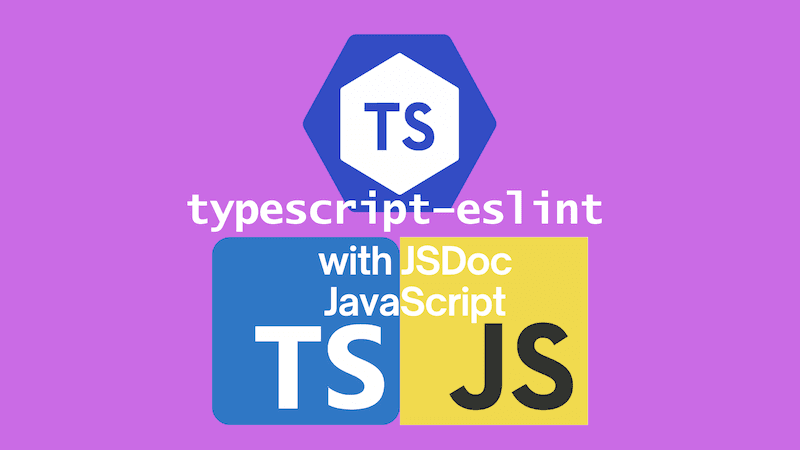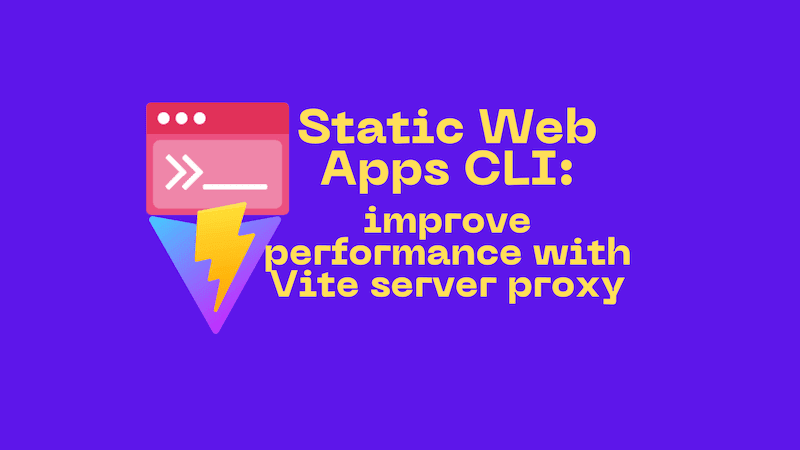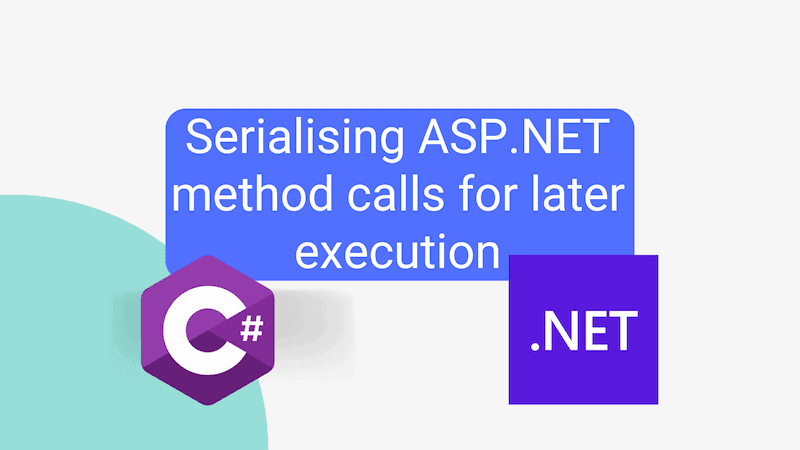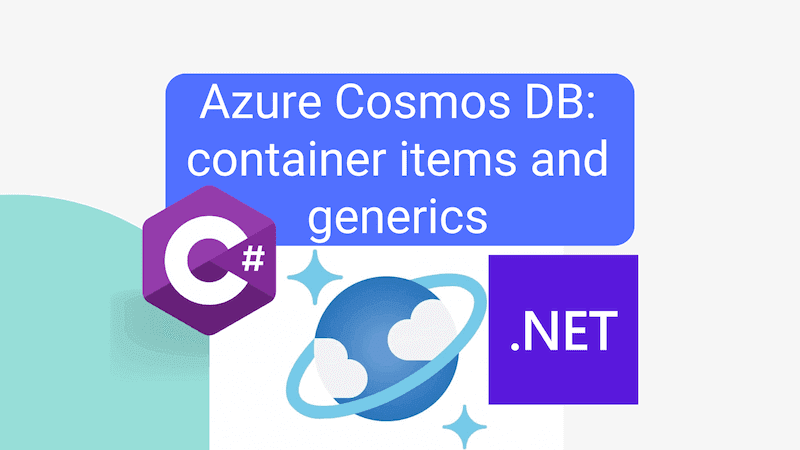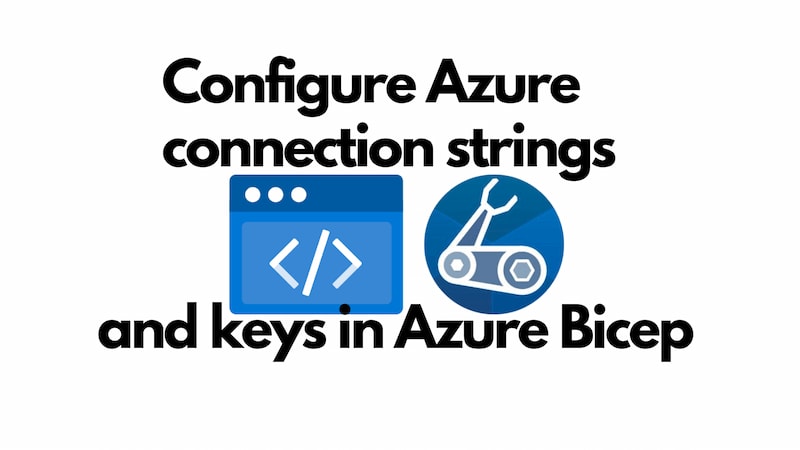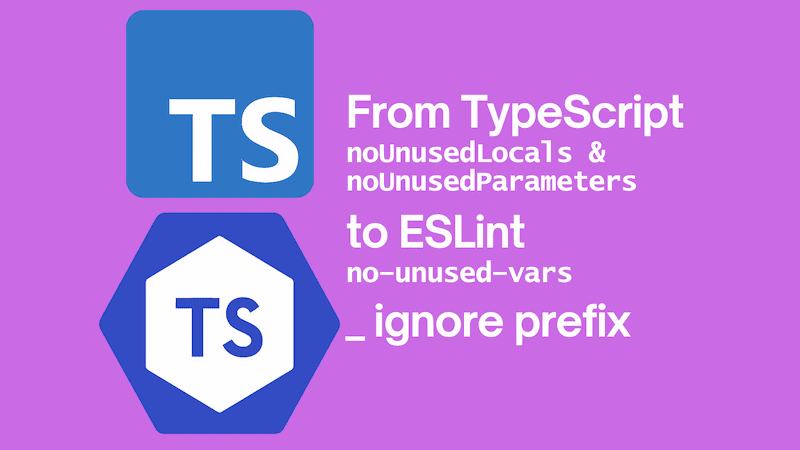Static Typing for MUI React Data Grid Columns
The MUI X Data Grid is a really handy component for rendering tabular data in React applications. But one thing that is not immediately obvious is how to use TypeScript to ensure that the columns you pass to the component are correct. This post will show you how to do that.

Why does it matter? Well look at this screenshot of the Data Grid with incorrect column names:


